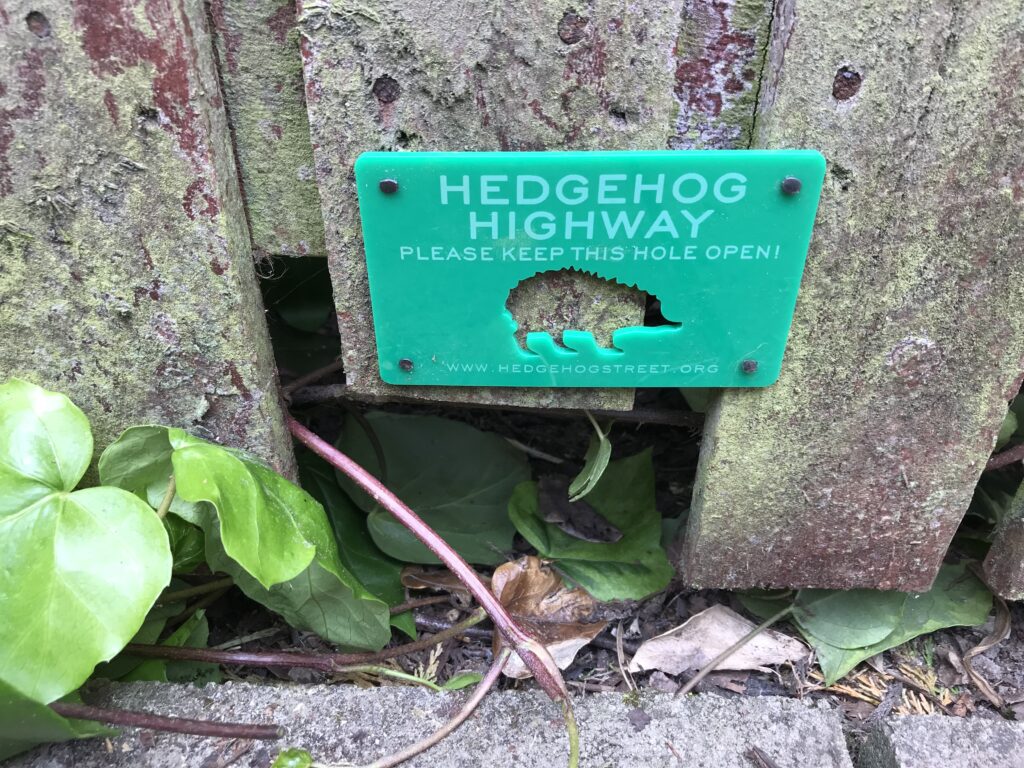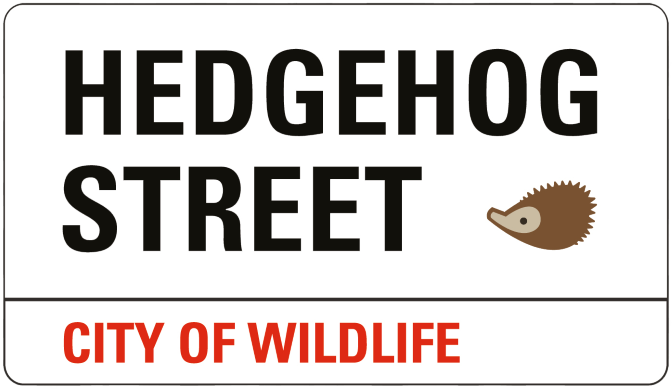Research: Hedgehog gene flow
12th June 2025
Introduction
A recent study by Hongli Yu investigated the gene flow between four suburban populations of Western European hedgehogs in England separated by agricultural land. Gene flow refers to the movement of genes from one population to another through interbreeding. Looking at hedgehog gene flow can help us understand the effects of habitat fragmentation and physical barriers to hedgehogs.
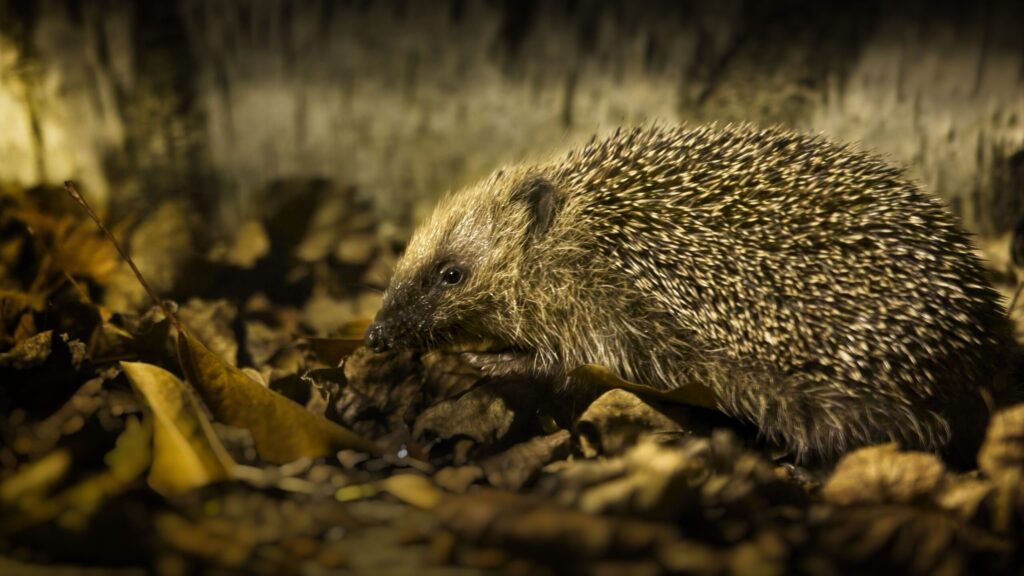
In past studies, it was poorly understood whether hedgehogs can move between suburban populations that are separated by agricultural land. This study, by Nottingham Trent University, filled this gap in our knowledge by investigating the potential effects of the structure of the landscape on hedgehog genetic diversity. Genetic diversity is crucial for a species to adapt to things like changing environments and disease risk, ensuring a resilient ecosystem.
Background
One method to investigate gene flow is to examine differences in genetic structure between males and females of a species in different locations. Where the genetic structure is similar between populations, it suggests that the populations may be close enough to be connected by individuals moving between the populations. When the genetic structure is different, it suggests the populations are isolated, which can mean the population is at greater risk of extinction. This study explored whether local populations were separated by inhospitable agricultural land by examining the population structure of four hedgehog populations.
Methods
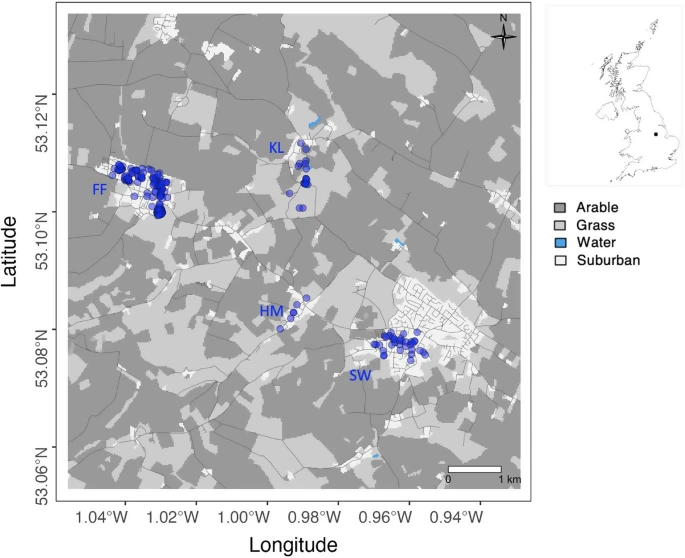
Hongli sampled hedgehog DNA from four suburban areas in rural Nottinghamshire: Farnsfield, Halam, Kirklington, and Southwell. The sites were largely separated by agricultural land.
276 hedgehog samples (from hair and soft tissue from roadkill) were carefully collected under license. The type of land and hedgehog density (the number of individuals per km2) were recorded.
The DNA was then extracted from the samples, and the genetic structure and gene flow were analysed.
Results
Between populations
Hongli found that local populations of hedgehogs were not strongly genetically different. Samples from each site showed genetic overlap, meaning that populations separated by rural land are not as isolated as previously thought.
However, while female hedgehogs were more genetically similar to their close geographic neighbours, male hedgehogs were not. This meant that male hedgehogs were the ones responsible for gene flow. There was no significant correlation between variation in genes and distance for the hedgehog groups, which shows that gene flow was occurring over the whole study area. Estimates for inbreeding were found to be low for all the sites.
Hongli found that despite being separated by agricultural land, the individuals in these areas were part of a single genetic population. This suggests that male hedgehogs can move long distances between populations separated by at least 3 km.
It was previously assumed that hedgehogs did not cross this type of unsuitable agricultural land, and that it acted as a barrier to hedgehog movement. These findings have therefore added to our understanding of hedgehogs and will aid future conservation work.
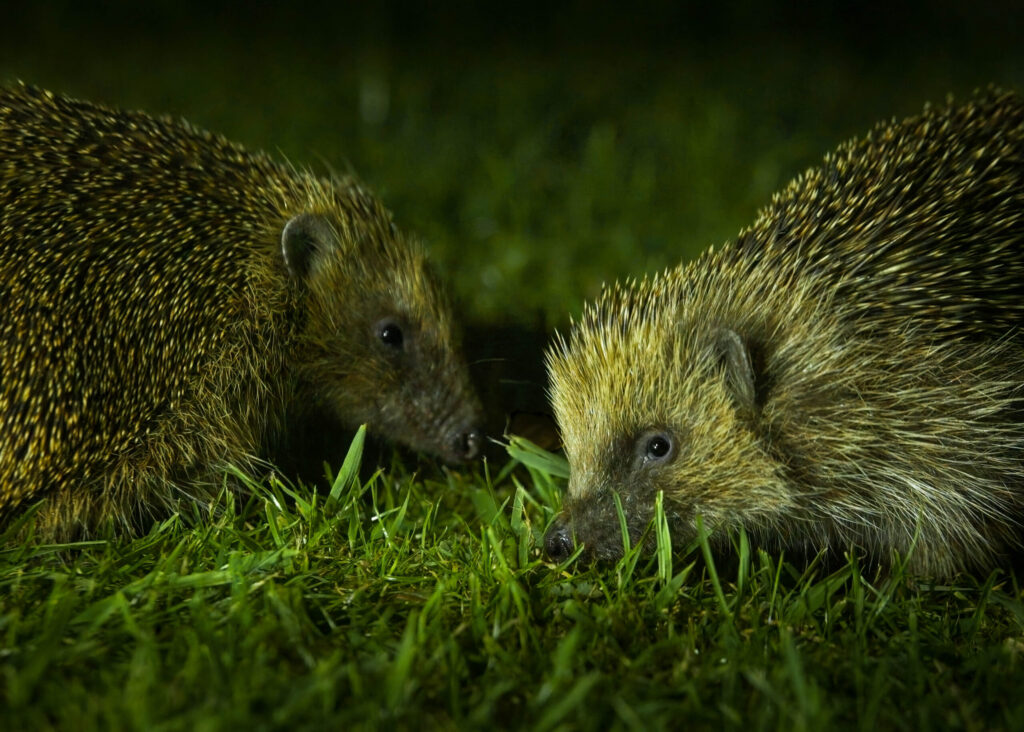
Within populations
Hongli also found early stages of reduced genetic diversity within populations in smaller towns and villages. Smaller towns and villages tend to have smaller hedgehog populations associated with them. Typically, the larger the suburban area, the more habitat is available for hedgehogs and more hedgehogs will make up the population. Therefore, to ensure hedgehogs can persist in small villages, habitat connectivity between neighbouring populations will be important to ensure these small populations persist.
In summary
This study found that genetic variation between males and females was a useful measure of hedgehog gene flow. The results confirmed that gene flow is occurring across the ‘matrix’ of agricultural land, and that the gene flow is driven by the long-distance movement of male hedgehogs.
These findings also clarify the importance of increasing green corridors so that hedgehogs can move between suburban populations.
These findings can help inform the conservation strategy for hedgehogs.
Read the full paper HERE.
Increasing green corridors
Read about how to connect gardens in your area through Hedgehog Highways!
